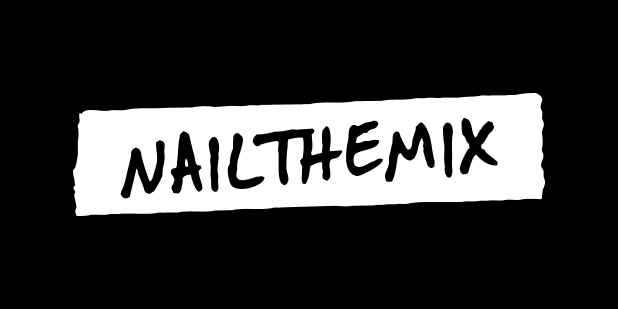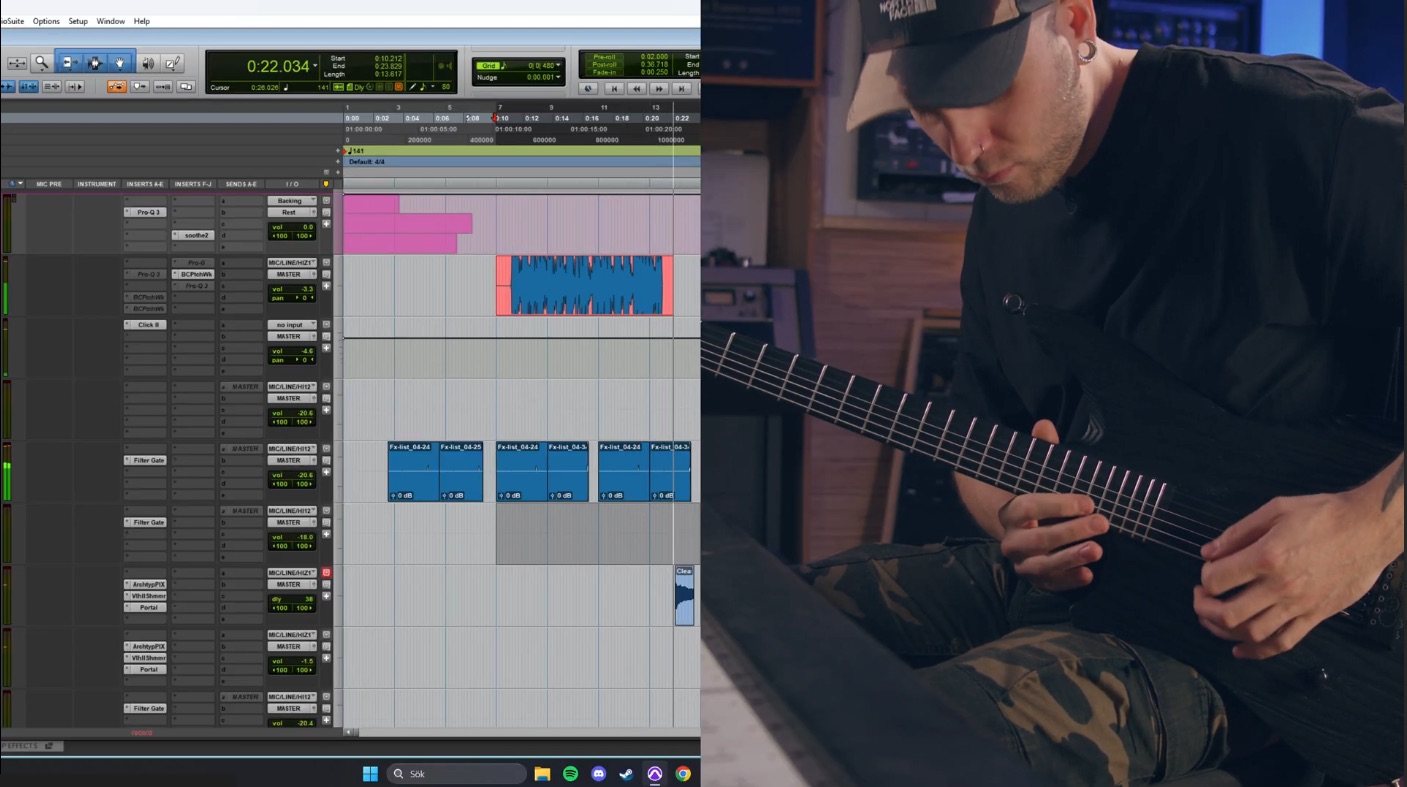
Modern Metal Equalization: Carving Space in Dense Mixes
Nail The Mix Staff
Modern metal mixes are a battlefield. Everything is loud, everything is fast, and thanks to the rise of 8 and 9-string guitars, everything is tuned low. The result is a dense, powerful wall of sound that can easily turn into an undefined, muddy mess. The expectation for polished, pro-level production has never been higher, even for bands just starting out.
So, how do you take all that power and give every instrument its own space to breathe and punch through? The answer lies in smart, surgical equalization.
Forget the old-school “smiley face” EQ curve. Modern metal equalization is less about broad strokes and more about being a sonic sculptor. It’s about carving out precise pockets of frequency so the kick drum, bass, and low-tuned guitars can all coexist without fighting. Let’s break down some actionable EQ strategies you can use right now to bring clarity and impact to your heavy mixes.
The Core Philosophy: Cut First, Boost Later
Before you even think about boosting a frequency to add more “thump” or “sizzle,” your first instinct should be to cut. Why? Because modern metal tones, from amp sims like Neural DSP to drum libraries like Get Good Drums, are already packed with aggression and harmonic content.
Boosting frequencies can often just add harshness or unwanted resonance. Instead, by cutting frequencies from one instrument, you create space that allows another instrument’s natural frequencies to shine through. Think of it as creating a puzzle where every piece fits perfectly. A good surgical EQ plugin like the FabFilter Pro-Q 3 is your best friend here, allowing you to be incredibly precise with your cuts.
For a deeper dive into foundational EQ concepts, check out our complete guide to EQ strategies for mixing modern metal.
Equalization for Modern Metal Guitars
With guitars tuned down to Drop G or lower, the old rules don’t always apply. The goal is to maintain weight and power without stepping all over the bass and kick drum.
Taming the Low-End Mud
The first and most critical move is the high-pass filter (HPF). This is non-negotiable. Even on an 8-string, the fundamental frequencies that define the guitar's "chug" are usually higher than you think.
- Actionable Tip: Start with a high-pass filter on your rhythm guitars around 80-100Hz. For extremely low-tuned guitars (think Meshuggah or Humanity’s Last Breath), you might go a bit lower, but be careful. Push it up until you start to hear the tone thin out, then back it off just a touch. This single move instantly cleans up the sub-frequencies, leaving that critical space open for the kick drum and bass guitar.
The Modern Mid-Scoop
Yes, the mid-scoop is still a staple of metal, but it’s evolved. It’s no longer about carving out a massive chunk of the mids. Instead, it’s about strategic, narrow cuts to solve specific problems.
- Actionable Tip: Use a narrow Q (bandwidth) to dip frequencies in the 300-500Hz range. This is often where "boxiness" or "mud" lives, and cutting it here can make room for the snare’s body and the bass guitar's warmth. Instead of one big scoop, try making two or three smaller, more targeted cuts in this region to see what works best for your tone. Using a dynamic EQ like the Waves F6 can be even more powerful, as it will only cut those frequencies when they become too prominent, preserving the guitar's body during sparser sections. This is a similar approach to using multiband compression to tame boomy low-end, where the processing is only applied when needed.







